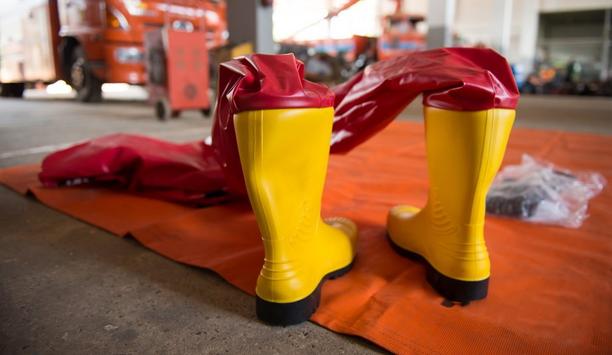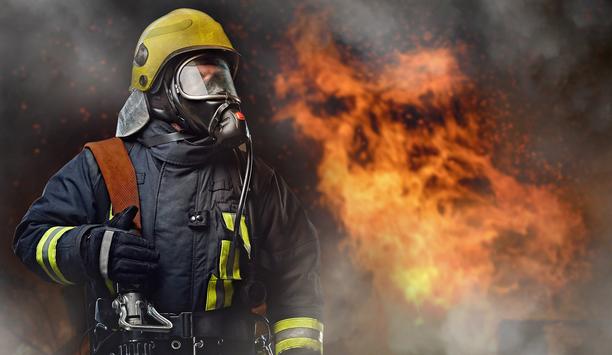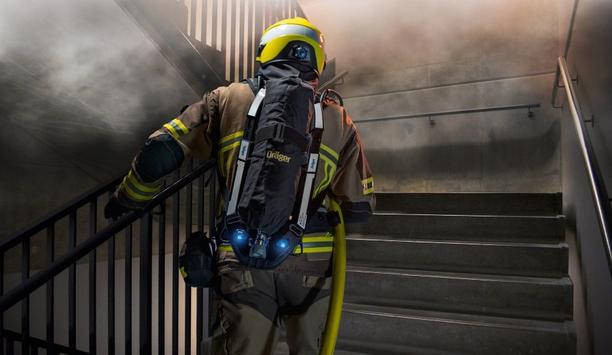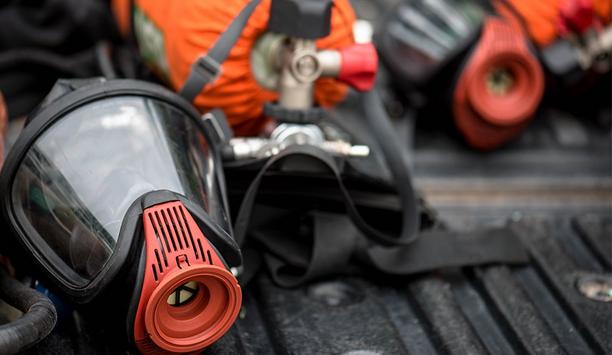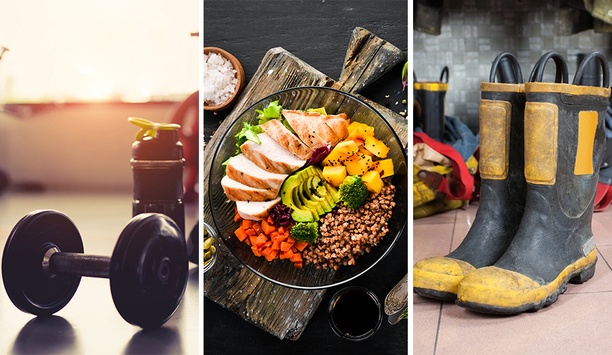Rainwear is a category of PPE that is as important as others. However, this category has often been put on the back burner in favor of other categories, namely safety shoes, gloves, eye & ear protection, etc. Why?
Simply because rain isn’t an everyday thing. But businesses must understand that they can’t just discount the need for rainwear, simply due to the occasional nature of rain. If it rains and the need for rainwear pertains, they must have the ‘right’ PPE at their disposal.
benefits of rainwear
If workers don’t have the required protection against rain, they will get wet and will be uncomfortable while working. This leads to a significant drop in the worker’s productivity.
Besides, the likeliness of the worker falling sick and taking a few days off increases, leading to further losses to the business.
- Productivity loss: Whether a worker calls out sick or is attempting to work while he/she is ill, a loss of productivity is guaranteed.
- Reduced production: An absent employee indirectly leads to a drop in the overall production output.
- Economic loss: Sick and absent workers also contribute to the downfall of the company’s economic growth.
To sum up, the benefits of providing the workers with the right rainwear outweigh the marginal savings users manage by ignoring the need for the said PPE.
Requirement – Establishing a Rainwear Safety Program
The focus of this program is to conduct a comprehensive assessment of the worksite and worker requirements
Understanding the need for rainwear is the first and foremost requirement before a business even thinks of buying the required PPE for the workers. Unless the buyer understands the need, he/she won’t be able to buy the ‘right’ product.
Thus, business owners must start by establishing a Rainwear Safety Programme. The focus of this program is to conduct a comprehensive assessment of the worksite and worker requirements. The members heading the program must understand the specific needs of each employee and the hazards they face before selecting gear to protect them.
How Does Climate Influence Rainwear Purchase Decisions?
Climate is the first factor to consider when buying rainwear. When we say workers, we refer to workers from different industries i.e. construction, logging, etc. Each of these workers works under different climatic conditions.
Thus, the climate will heavily influence their rainwear needs i.e. their expectations from the PPE will be strikingly different from their counterparts associated with other industries.
The choice of material, breathability, and other features of the rainwear will depend on the climate. For instance, non-breathable waterproof materials are heavier and might not be suitable for working in extremely hot & humid conditions.
Hazards to Address When Buying Rainwear
- Right rainwear as per climatic conditions & the worker’s requirements:
Wool or synthetic materials are a good choice for cold weather but not for hot weather conditions
Adding to that, Mallcom like to emphasize the provision of appropriate rain gear rainwear: jackets, and pants, to address the hazard completely.
Make sure to choose the appropriate material. For instance, wool or synthetic materials are a good choice for cold weather but not for hot weather conditions. Apart from that, focus on fitting and size too.
- Waterproof v/s Water Resistant
Waterproof v/s water-resistant is a long ongoing debate in the PPE industry. The two materials are completely different and possess different qualities. For instance, water resistance means a lower level of protection. The material is okay for raincoats made to withstand a drizzle. Waterproof raincoats, on the other hand, are used in raincoats made for many intense weather conditions.
The raincoats are made using a special technology (such as Gore-tex or similar). The final product is also tested in the laboratory using a hydrostatic head test.
Conclusion
Selecting the right rainwear isn’t as easy as it may sound. An initial assessment of all the risk factors is a must to address all kinds of hazards with the provision of rainwear.
Employers must understand that the end goal is not just to keep the workers dry but also safe.


